Shrimp farming is a growing industry worldwide, but traditional farming practices have significantly negatively impacted the environment. Sustainable shrimp farming addresses these issues by reducing environmental impacts and promoting responsible management practices.
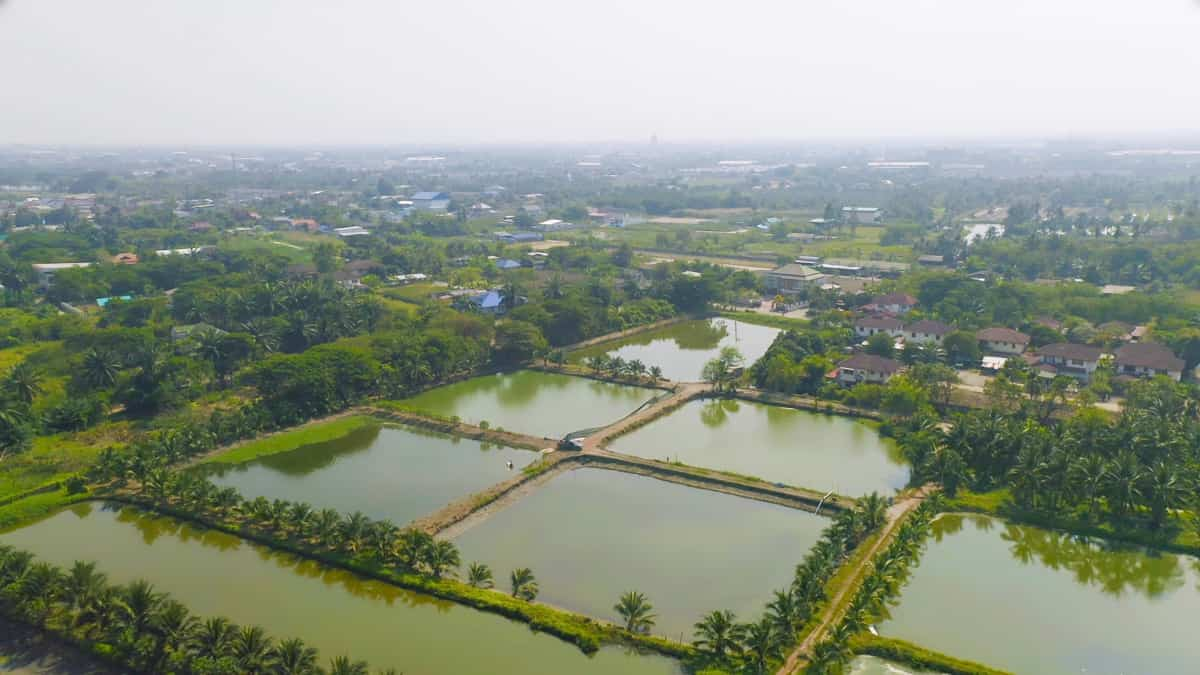
Key considerations for sustainable shrimp farming include site selection, pond design, water quality management, feed management, disease prevention and treatment, and harvesting and processing techniques. Best practices for these areas can help ensure optimal shrimp health and growth while minimizing environmental impact.
A Comprehensive Guide to Sustainable Shrimp Farming
What is Shrimp Farming?
Shrimp farming is raising shrimp in a controlled environment, such as a tank, raceway, or pond, rather than allowing them to grow naturally. This controlled environment can be indoor or outdoor; the most common shrimp farming method is in brackish or saltwater. Shrimp farming has a long history, dating back to the early 1970s when the first shrimp farms were created in Thailand and Taiwan.
Since then, shrimp farming has grown into a significant business, employing thousands of people, and providing seafood for millions of people globally. Today, sustainable shrimp farming practices are being developed and implemented to minimize the environmental impacts of traditional shrimp farming methods. Farmers can help ensure the industry’s long-term viability by raising shrimp responsibly and sustainably while providing consumers with high-quality, environmentally friendly seafood.
In case you missed it: Best Techniques to Increase Vannamei Shrimp Farming Yield
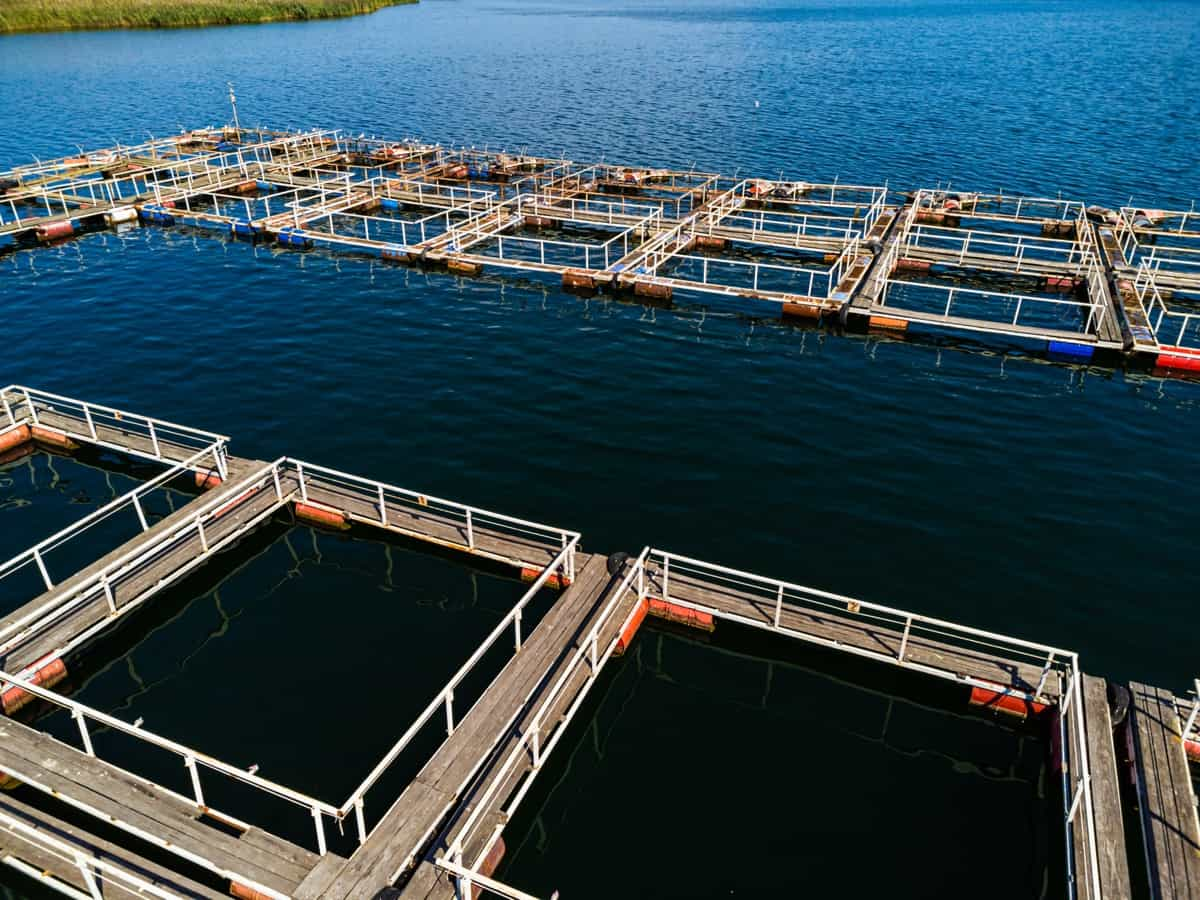
Types of Shrimp Farming
Farmers are adopting various methods to raise these crustaceans with the increasing demand for shrimp. Each type of shrimp farm has unique characteristics and can be advantageous in different ways.
Traditional Shrimp Farming
The first and most traditional type is extensive or traditional pond-based farming. With this technique, big ponds are utilized, shrimp densities are kept low, and inputs like feed and aeration are kept to a minimum. Shrimp are grown in ponds dug out and lined with clay or plastic to keep in water.
This strategy is widely used in third-world nations due to the low cost of labor there. The benefit of it needs fewer resources and less technology to implement than alternative approaches. Low water exchange rates also increase the danger of disease outbreaks but produce lower yields.
Intensive or semi-intensive farming
The second type of shrimp farming is intensive or semi-intensive. This method involves using smaller ponds with higher densities of shrimp and aeration and recirculation systems to keep the water clean and oxygenated. This method requires a significant investment in technology and equipment, but the yield is higher, and disease outbreaks are less frequent. However, the higher stocking density means the risk of water quality issues and disease outbreaks remains relatively high.
Biofloc Technology
Biofloc technology is another type of shrimp farming that is gaining popularity. This method uses microorganisms to treat the waste products from shrimp, thus reducing the need for water exchange and chemicals. The microorganisms form a biofloc that consumes organic waste, nitrogen, and phosphorus, converting them into microbial protein, which the shrimp then consume. This method is relatively new and requires a significant investment in technology, but the benefits include a higher yield, lower water exchange rate, and reduced environmental impact.
In case you missed it: How to Start Shrimp Farming in Mexico: Key Rules, Requirements, Business Plan, Setup Cost, Subsidy, and Loans
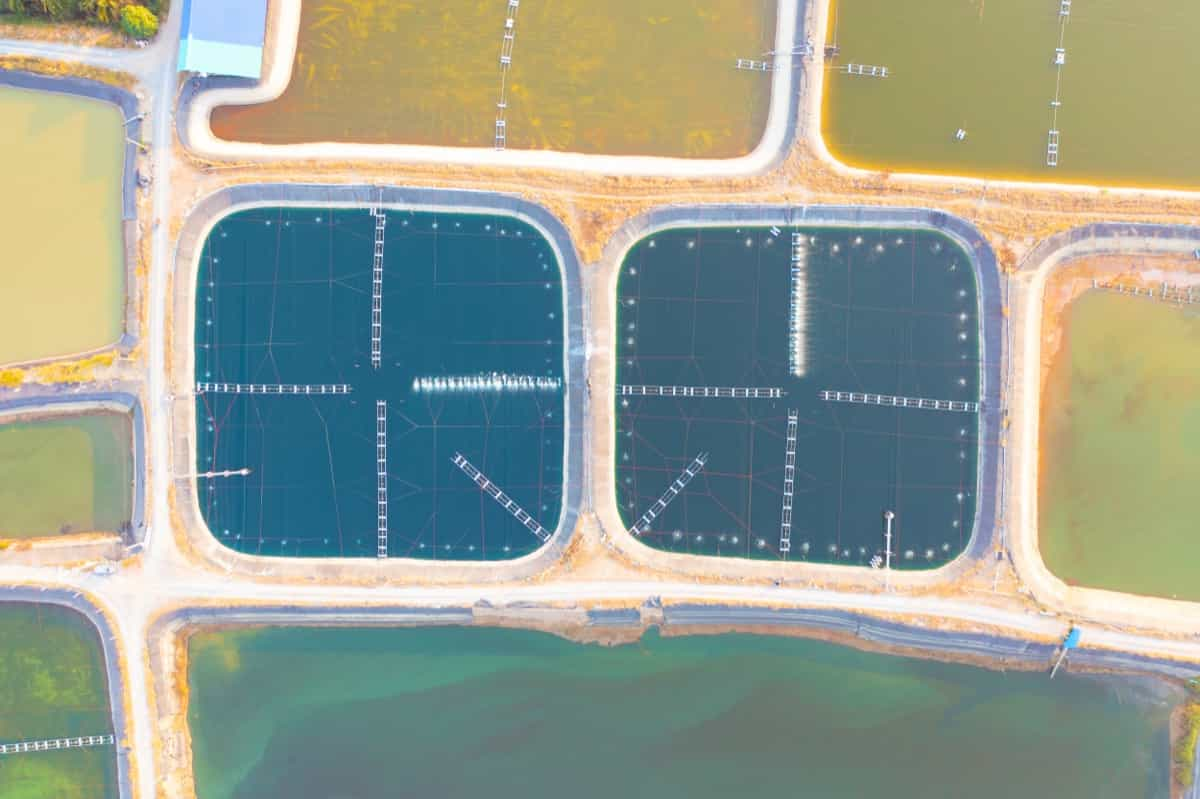
Recirculating Aquaculture Systems (RAS)
Recirculating Aquaculture Systems (RAS) are another type of shrimp farming that is gaining popularity. The closed-loop water system is used to recycle water. This technique enables greater shrimp densities while having less of an effect on the environment. Biofiltration, mechanical filtration, and ozone treatment are just some of the technologies used in the system to keep the water pure. The advantages of this method include a higher yield, lower risk of disease outbreaks, and reduced environmental impact. However, the initial investment and operational costs are relatively high.
Why is Sustainable Shrimp Farming Important?
- Sustainable shrimp farming is important as it safeguards the environment and benefits the communities that rely on it while ensuring a stable and profitable economy.
- Using unsustainable methods can lead to the destruction of mangrove forests, pollution of coastal waters, and the spread of diseases, all of which can have severe ecological, economic, social, and health consequences.
- By implementing sustainable shrimp farming practices, such as closed-system ponds or recirculating aquaculture systems, farmers can decrease the environmental impact and ensure the industry’s long-term sustainability. Adopting sustainable practices also enhances the reputation and marketability of the farm’s products.
Benefits of Sustainable Shrimp Farming
Sustainable shrimp farming has many benefits for the environment and local communities. It generates jobs and supports local economies, produces a quick return on investment, and contributes to tax revenue. It also provides a vital source of protein and reduces malnutrition rates in developing countries. Sustainable practices can protect and restore coastal ecosystems, reduce pressure on wild shrimp populations, and protect important habitats and ecosystems. Developing new technologies and practices has made shrimp farming more efficient and sustainable.
The Impact of Traditional Shrimp Farming on the Environment
- Traditional Shrimp farming destroys biologically rich mangrove forests and estuaries.
- Mangrove forests are critical spawning and nursery grounds for many commercially important species, and their destruction leads to biodiversity loss.
- Shrimp farming causes pollution, increases the salinity of surrounding farmland, and alters the water chemistry of aquatic ecosystems.
- Using antibiotics and chemical fertilizers to encourage the growth of plankton and microorganisms in shrimp ponds contributes to antibiotic resistance among bacteria.
- Catching post-larvae shrimp results in the loss of other species as bycatch.
- Using imported post-larvae shrimps from other countries to seed production ponds can introduce alien species.
In case you missed it: Key Rules to Improve Feed Conversion Ratio (FCR) in Shrimp Culture
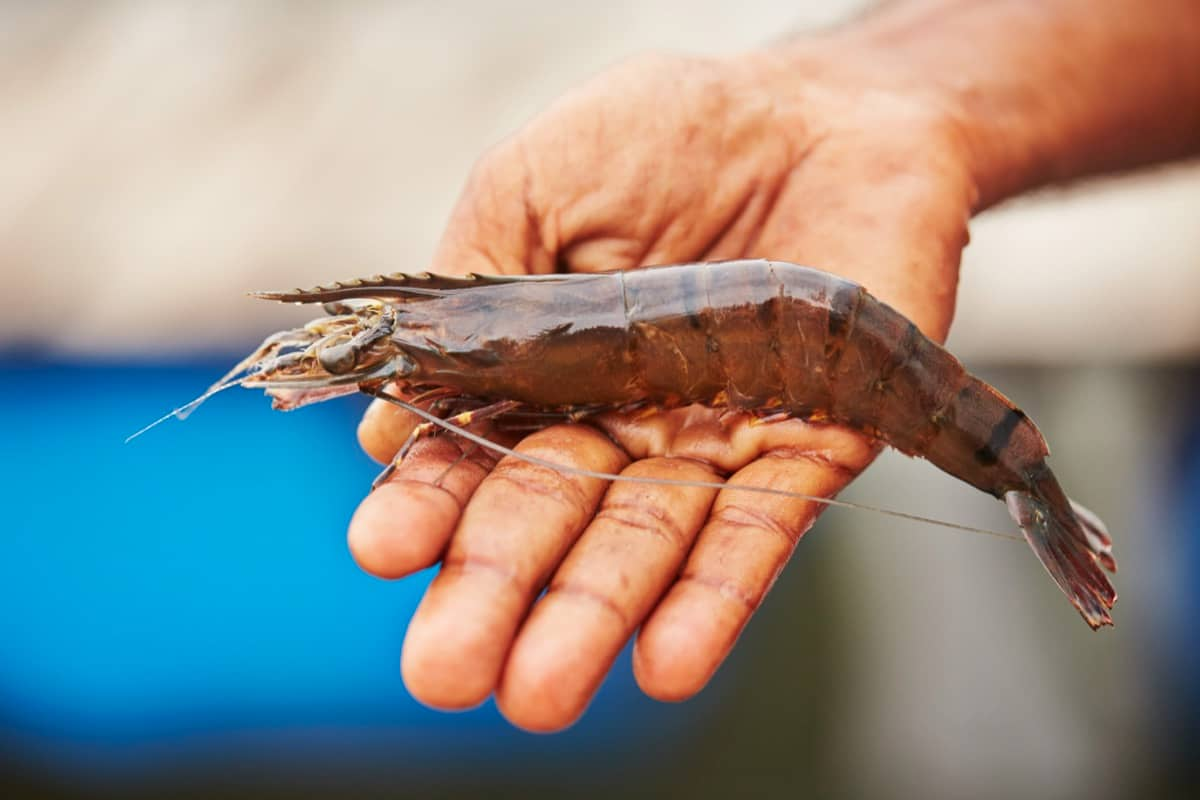
Site Selection for Sustainable Shrimp Farming
- Shrimp farming can have a significant impact on the environment, and the selection of a suitable site is crucial. To determine the suitability of a site, various factors need to be analyzed, including water quality, tidal fluctuations, soil, topography, and vegetation.
- Water quality is essential for successful shrimp farming, and water with a pH ranging from 7.5 to 8.5 is preferable. Oxygen levels should not fall below four ppm, and salinity should remain constant.
- Moderate tidal fluctuations of 2-3 meters are ideal, and the direction and strength of the water current should be known for provisions on dike construction to reduce erosion. The soil must have enough clay content to ensure that ponds constructed can hold water.
- Topography must be detailed for pond design, and it is easier to develop ponds where the slopes run gently toward the sea. Vegetation can be indicative of physical elevation and soil type.
- If mangrove plants Avicennia spp. Dominate is an indication of good and productive soil. Shrimp farming can cause environmental degradation, and selecting a suitable site is crucial to minimize the environmental impact.
Water Management for Sustainable Shrimp Farming
- The salinity of the water is crucial, and brackish water species, such as P. monodon, can tolerate a wide range of salinity from 5 ppt to 40 ppt, while P. semisulcatus and P. japonicus require more saline conditions for growth (27–32 ppt).
- The pH of pond water should be between 7.5 and 9.0, as a lower pH can retard shrimp growth and survival, while excessively alkaline water with pH values above 9.5 can also be harmful to shrimp.
- Dissolved oxygen is also crucial, and low levels can result in mass mortality (anoxia) of shrimp stock, particularly in intensive culture operations.
- Nitrogen compounds, such as ammonia nitrogen, are important considerations as they can be toxic to shrimp, and a water exchange or aeration system can be used to control their levels.
- Water quality can be measured through various methods, including the Winkler titration method, the polarographic method, the electrometric method, and the cadmium reduction method.
Feed Management for Sustainable Shrimp Farming
- Shrimp feeding habits and behaviors, nutritional requirements, and dietary protein conversion efficiency for growth must be considered.
- Natural food organisms, such as blue-green benthic algae, diatoms, green algae, and various species of microscopic zooplankton and microbenthos, serve as the primary food of cultured shrimp. These food organisms can grow in fertilized ponds.
- Shrimp rely entirely on natural food organisms in extensive culture operations, while supplementary feeds are given in semi-intensive culture operations.
- In intensive culture operations, shrimp growth is dependent on artificial diets. As shrimps grow and consumption increases, many farmers provide supplemental feeds such as freshly prepared moist/wet and dry pelleted feeds.
- Farmers must ensure that pelleted feeds meet the shrimp’s nutritional requirements and have a longer shelf life to avoid fungi occurrence and insect infestation.
Disease Prevention and Treatment Shrimp Farming
Shrimp diseases are a major concern for the shrimp farming industry in Asia, with billions of dollars lost annually due to diseases. Common diseases in the region include acute hepatopancreatic necrosis disease (AHPND), white-spot syndrome virus (WSSV), and Enterocytozoon hepatopenaei (EHP).
In case you missed it: Importance of Dissolved Oxygen Level in Aquaculture: Ways to Improve It
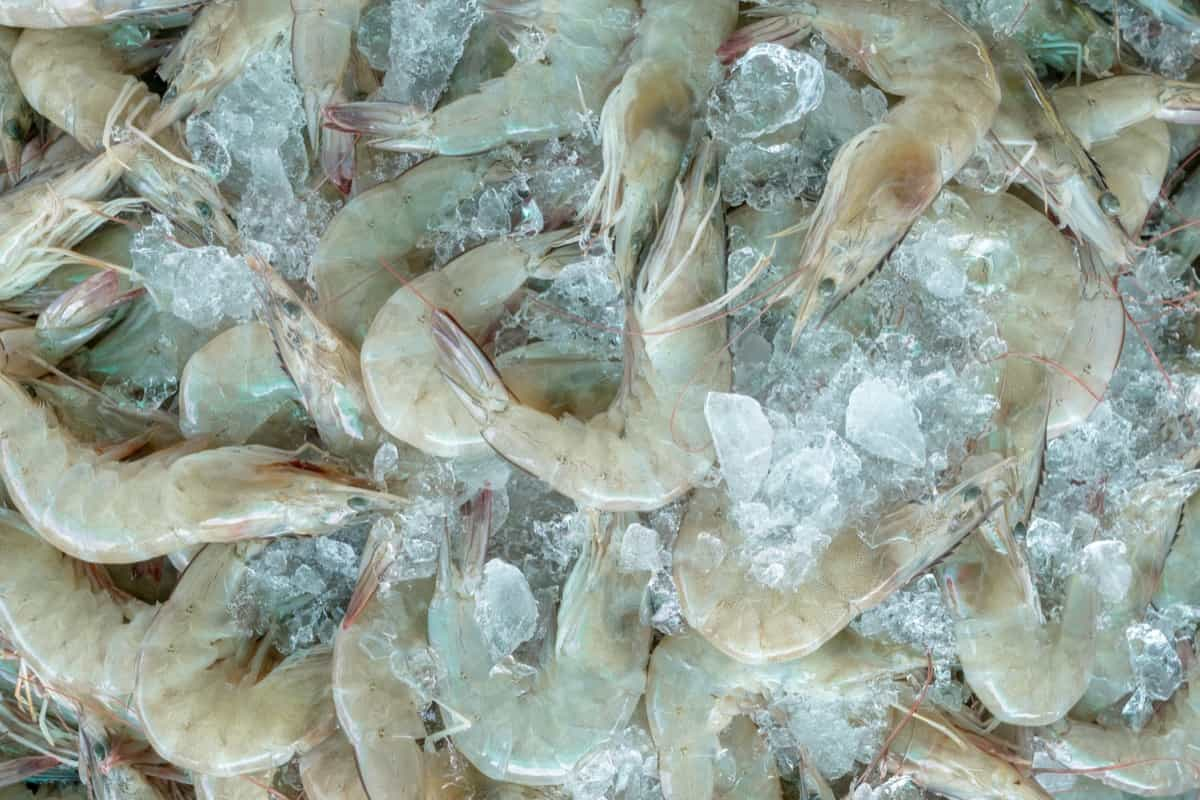
- AHPND mainly infects giant tiger prawn and whiteleg shrimp and causes sudden mass mortalities within 30-35 days of stocking grow-out ponds. Environmental factors such as overfeeding, poor water quality, and algal blooms or crashes can contribute to AHPND. Improving hatchery sanitary conditions and screening for high-quality post-larvae can help prevent the disease.
- WSSV causes a rapid reduction in food consumption, lethargy, and high mortality within 3-10 days of the onset of clinical signs and can be prevented through proper screening of broodstock and avoiding rapid changes in water conditions. Disinfecting associated equipment and treating infected ponds or hatcheries with chlorine can also help prevent the spread of WSSV.
- EHP, a microsporidian parasite, limits growth but does not cause mortality. Biosecurity in the hatchery, proper pond preparation and management, and screening for EHP in broodstock can help prevent the disease.
Harvesting and Processing Shrimp Farming
- Harvesting of shrimps is usually done when they reach the marketable size of around 30 pieces per kilogram. Complete harvesting is carried out using a bag net installed at the drainage gate of the pond.
- Shrimps with drained water are collected at the bag net, while the remaining ones are hand-picked when the pond is completely drained.
- Partial harvesting is also done using selective harvesting nets installed in the pond, which retain the larger shrimps and improve pond yields by reducing intra-specific competition.
- After harvesting, shrimps should be washed and placed in chilled water for about 15 minutes, then packed in styrofoam boxes with alternate layers of crushed ice. It is important to avoid physical damage to the shrimp during transportation, and smaller styrofoam boxes are preferred.
Marketing and Sales For Sustainable Shrimp Farming
- Marketing and sales for sustainable shrimp farming are growing, with most production occurring in Asia and Latin America.
- While intensive farming in Asia has led to eutrophication, diseases, and susceptibility to climate change, there have been positive advancements in biosecurity.
- Over time, farms in Asia are expected to adopt culture systems with higher control, disease-free postlarvae, recirculation of water, recycling of wastes, and antibiotic-free production.
- In India, shrimp production has increased due to better yields per hectare, increased hatchery output, and expansion of cultural areas.
- A pilot certification program for the production of antibiotic-free shrimp seed is also set to be launched. In Bangladesh, black tiger shrimp takes up most of the farming area, and the country is expected to incrementally increase production from traditional farms by using improved cultural practices.
- Saudi Arabia is a big producer of farmed shrimp in the Middle East, and it is home to the world’s largest Recirculating Aquaculture System facility.
- Ecuador is expected to have harvested over 550,000 tonnes of shrimp in 2019, with sustainable shrimp farming being promoted through the Sustainable Shrimp Partnership certification program.
- Diseases are a major problem for shrimp aquaculture, particularly in Asia and Latin America. However, antibiotic-free shrimp farming is possible through proper waste management, microbiota management, and probiotics.
- In terms of diagnostics, mobile diagnostic kits are being developed to test for a wider range of diseases within a couple of hours.
- Biosensor technology is also being developed to measure parameters of interest in food safety.
- AI technology has great potential in farm management, allowing for real-time data collection to predict diseases, reduce feed costs, and forecast market prices.
- While antibiotic use is still widespread in the main shrimp-producing regions of Asia, there is increased awareness and efforts toward sustainable and antibiotic-free production.
In case you missed it: How to Grow Herbs in Aquaponics: Best Fish and Herbs for Creating Your Sustainable Aquaponic Garden
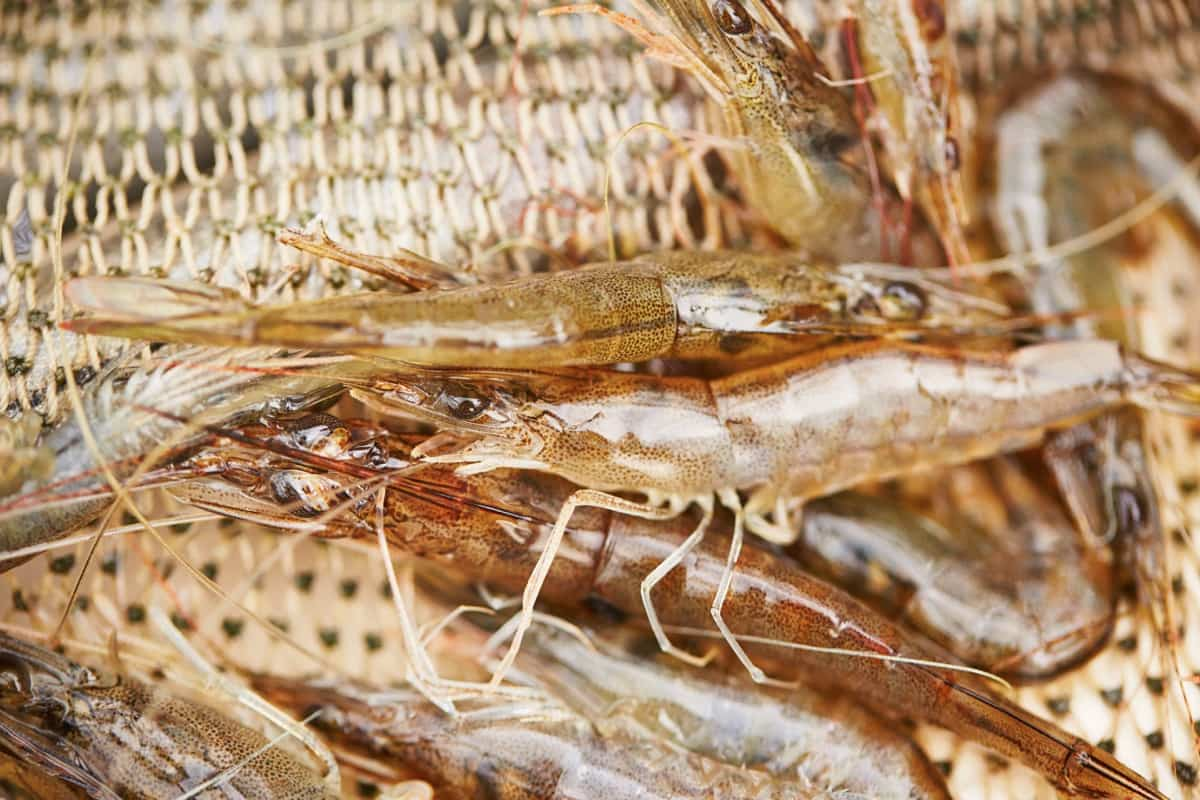
Conclusion
Sustainable shrimp farming requires a science-based approach incorporating proper nutrition, health, and environmental management protocols. Advances in disease management, biosecurity, and new technologies offer promising solutions for improving the industry’s sustainability and reducing its impact on the environment.
- Types of Pesticides Used in Agriculture: A Beginner’s Guide
- Economical Aquaculture: A Guide to Low-Budget Fish Farming
- 15 Common Planting Errors That Can Doom Your Fruit Trees
- How to Make Houseplants Bushy: Effective Tips and Ideas
- Innovative Strategies for Boosting Coconut Pollination and Yield
- Pollination Strategies for Maximum Pumpkin Yield
- The Complete Guide to Chicken Fattening: Strategies for Maximum Growth
- Natural Solutions for Tulip Problems: 100% Effective Remedies for Leaf and Bulb-Related Issues
- Revolutionizing Citrus Preservation: Towards a Healthier, Greener Future
- Natural Solutions for Peony Leaf and Flower Problems: 100% Effective Remedies
- Maximizing Profits with Avocado Contract Farming in India: A Comprehensive Guide
- Natural Solutions for Hydrangea Problems: 100% Effective Remedies for Leaf and Flowers
- The Ultimate Guide to Choosing the Perfect Foliage Friend: Bringing Life Indoors
- From Sunlight to Sustainability: 15 Ways to Use Solar Technology in Agriculture
- The Ultimate Guide to Dong Tao Chicken: Exploring from History to Raising
- The Eco-Friendly Makeover: How to Convert Your Unused Swimming Pool into a Fish Pond
- Mastering the Art of Delaware Chicken Farming: Essentials for Healthy Backyard Flocks
- 20 Best Homemade Fertilizers for Money Plant: DIY Recipes and Application Methods
- How to Craft a Comprehensive Free-Range Chicken Farming Business Plan
- Brighten Your Flock: Raising Easter Egger Chickens for Beauty and Bounty
- How to Optimize Your Poultry Egg Farm Business Plan with These Strategies
- Subsidy for Spirulina Cultivation: How Indian Government Schemes Encouraging Spirulina Farmers
- Ultimate Guide to Raising Dominique Chickens: Breeding, Feeding, Egg-Production, and Care
- Mastering the Art of Raising Jersey Giant Chickens: Care, Feeding, and More
- Ultimate Guide to Raising Legbar Chickens: Breeding, Farming Practices, Diet, Egg-Production
- How to Raise Welsummer Chickens: A Comprehensive Guide for Beginners
- How to Protect Indoor Plants in Winter: A Comprehensive Guide
- Ultimate Guide to Grow Bag Gardening: Tips, Tricks, and Planting Ideas for Urban Gardeners
- Guide to Lotus Cultivation: How to Propagate, Plant, Grow, Care, Cost, and Profit
- Agriculture Drone Subsidy Scheme: Government Kisan Subsidy, License, and How to Apply Online
- Ultimate Guide to Raising Araucana Chickens: Breed Profile, Farming Economics, Diet, and Care
- Bringing Hydroponics to Classroom: Importance, Benefits of Learning for School Students
- Ultimate Guide to Raising Polish Chickens: Breed Profile, Farming Economics, Diet, and Care
- Ultimate Guide to Raising Australorp Chickens: Profile, Farming Economics, Egg Production, Diet, and Care
- Silkie Chicken Farming: Raising Practices, Varieties, Egg Production, Diet, and Care
- Sussex Chicken Farming: Raising Practices, Varieties, Egg Production, Diet and Care